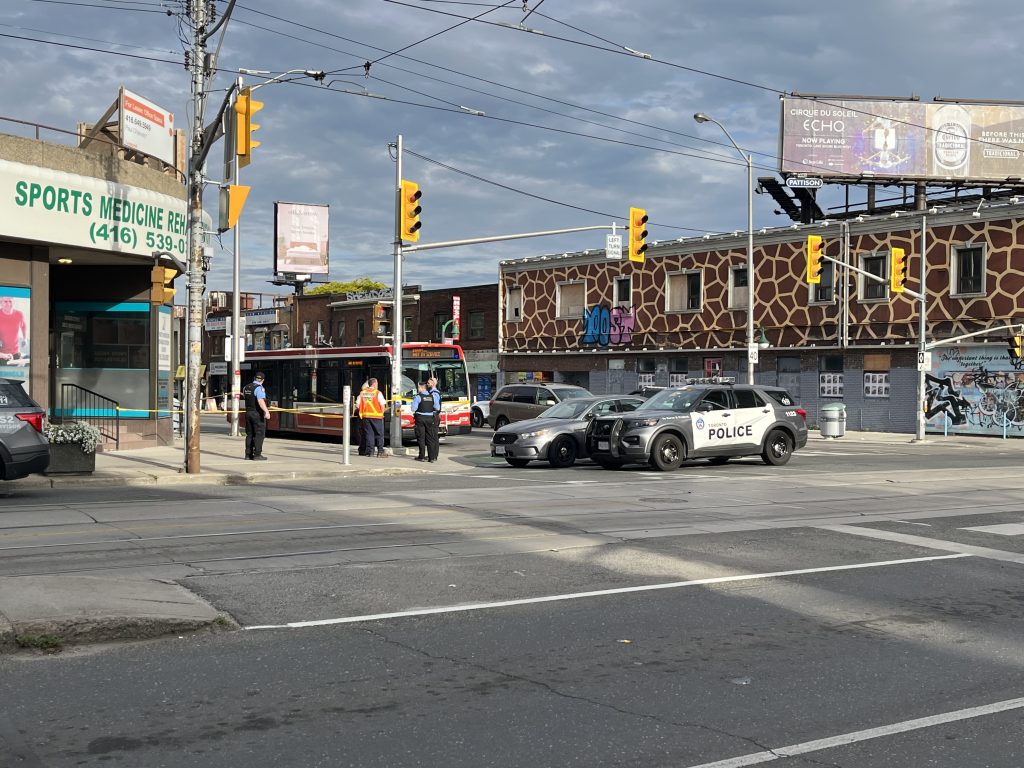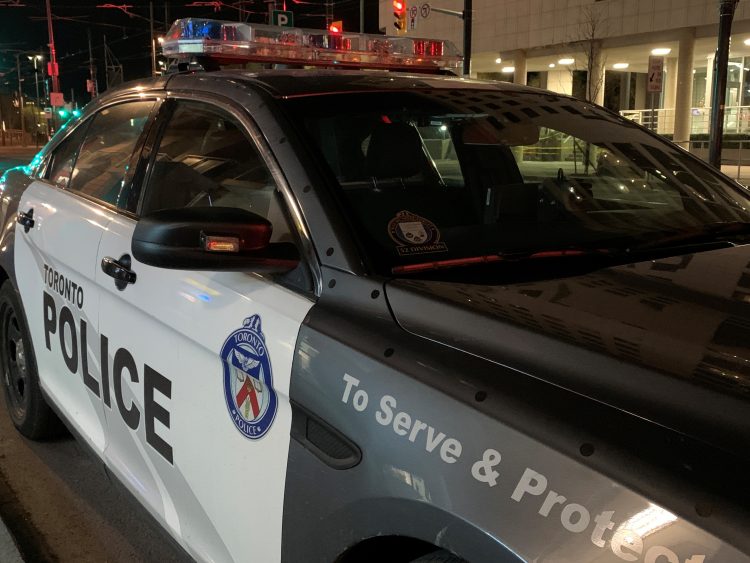City conducting aerial spraying for Gypsy moth
Posted May 26, 2019 6:28 pm.
Last Updated May 26, 2019 6:32 pm.
This article is more than 5 years old.
The City of Toronto began the first round of its aerial spray program Sunday to protect vulnerable trees from European Gypsy moth infestation.
Gypsy moths are an invasive insect and the caterpillars feed primarily on the leaves of oak trees, although other tree species are also susceptible. The heavy loss of leaves due to these insects makes trees weak, prone to disease and vulnerable to weather changes.
The following wards have been identified for aerial spraying as they contain a large portion of the city’s oak trees and have significant amounts of gypsy moth egg masses:
- Ward 1 – Etobicoke North
- Ward 2 – Etobicoke Centre
- Ward 3 – Etobicoke-Lakeshore
- Ward 4 – Parkdale-High Park
- Ward 11 – University-Rosedale
- Ward 12 – Toronto-St. Paul’s
- Ward 15 – Don Valley West
Spraying took place between 5:30 and 7:30 a.m. Sunday and will occur again between the same times on Monday.
Click here for an online map of affected areas
During the spraying, two twin-engine helicopters equipped with ultra-low-volume spray systems will fly about 15 to 30 metres above the tree canopy and spray a biological insecticide to the foliage.
The spray being used is called Foray 48B, the same one used during the city’s 2017 spray program. The city says it does not affect adult moths, butterflies, bees, fish, birds or mammals. Residents in the spray zones do not need to take any special precautions, but if people wish to avoid being exposed, they can choose to remain indoors during and immediately after spraying.
In a release the city assures residents “this is a biological control made from a naturally occurring bacterium found on dead or decaying matter in the soil that poses minimal risk to human health and is approved by Health Canada for urban aerial use.”
Technical description of the product:
The insecticide the City is using is called Foray 48B Biological Insecticide Aqueous Suspension, of which Bacillus thuringiensis subspecies kurstaki is the active ingredient (identified under Pest Control Products Act Registration Number: 24977 class 11).
In previous years the city has used pest management methods like tree banding, injections and egg scraping but it says those methods will not be effective to reduce Gypsy moth populations in the high-risk areas mentioned above.
For more information and latest updates residents can call 311 or visit the city’s dedicated Gypsy moth webpage.








